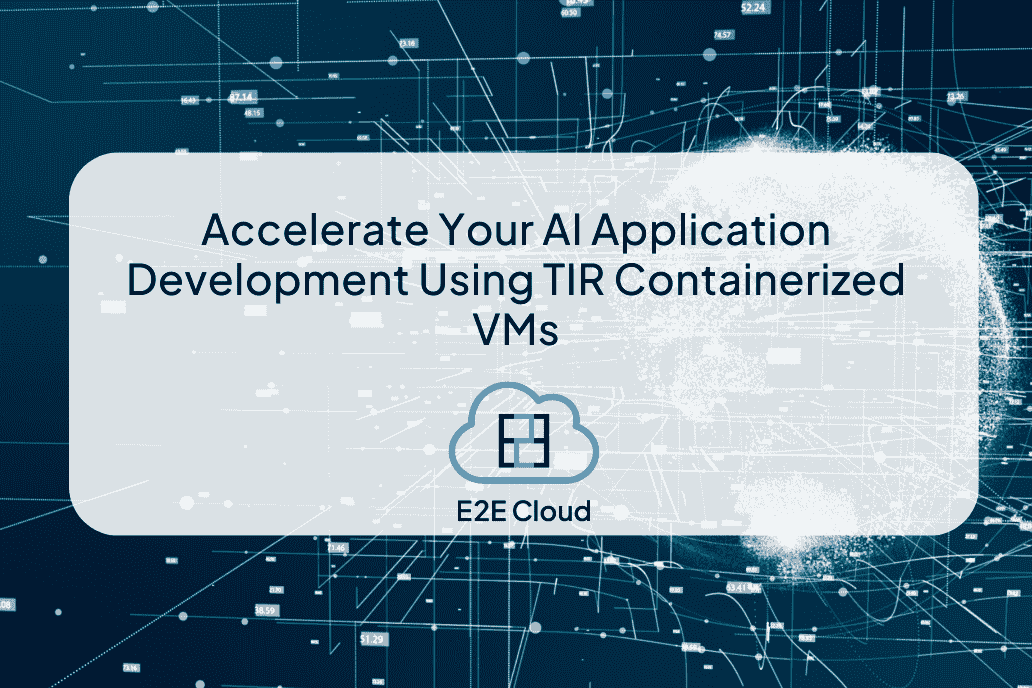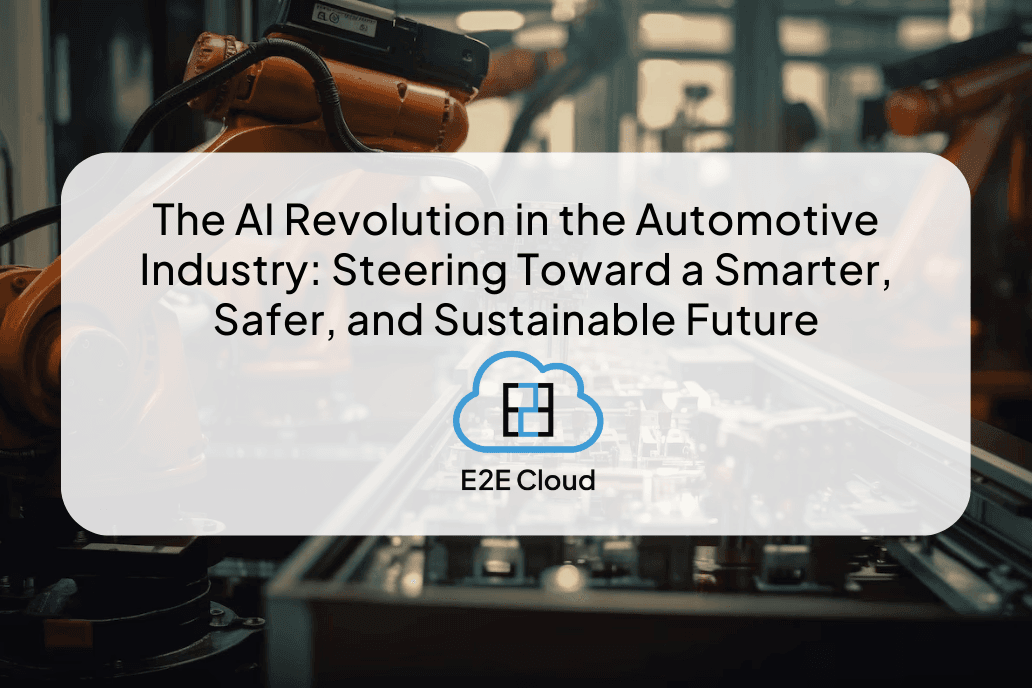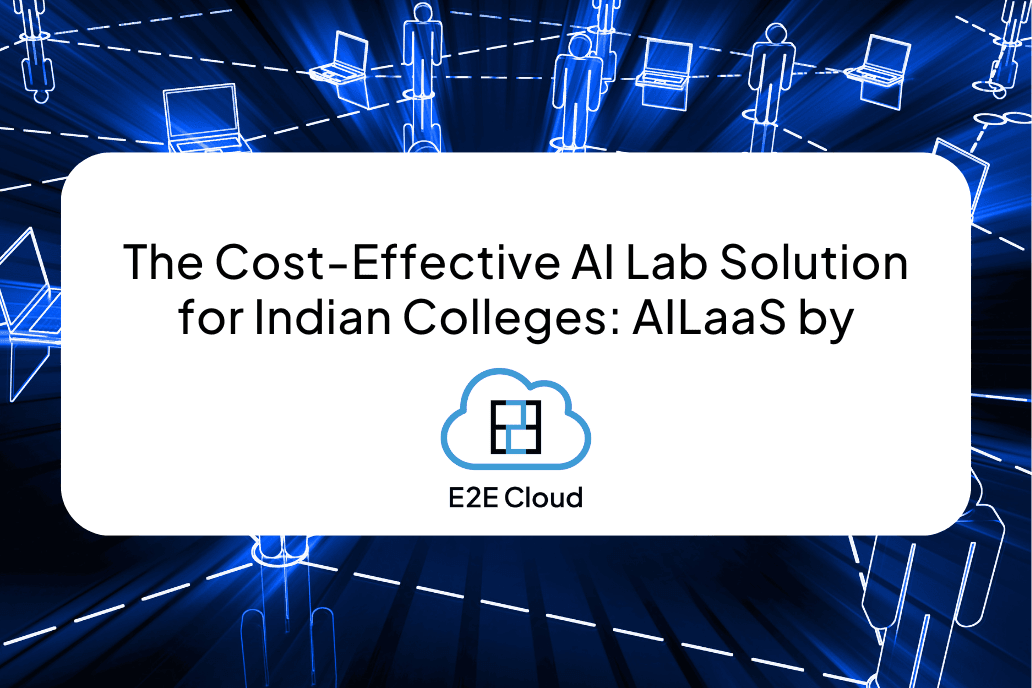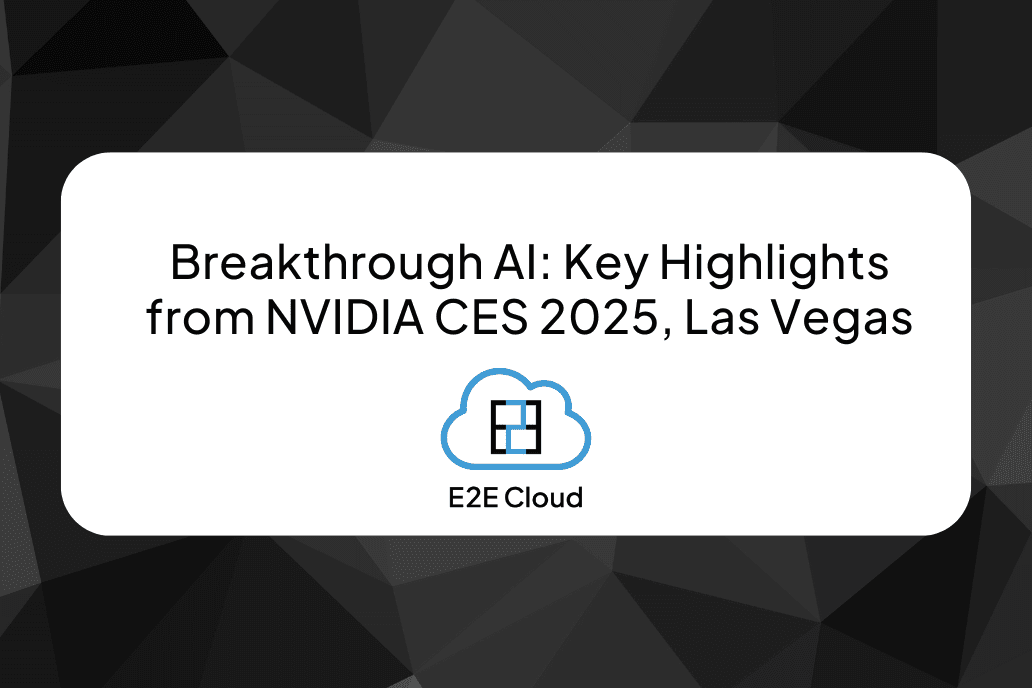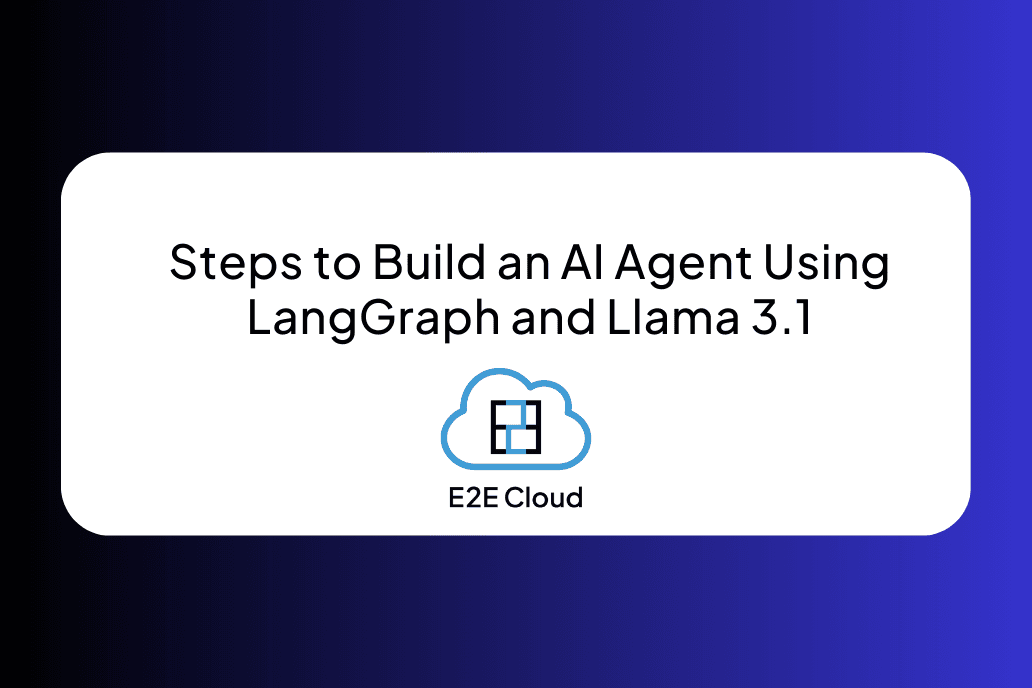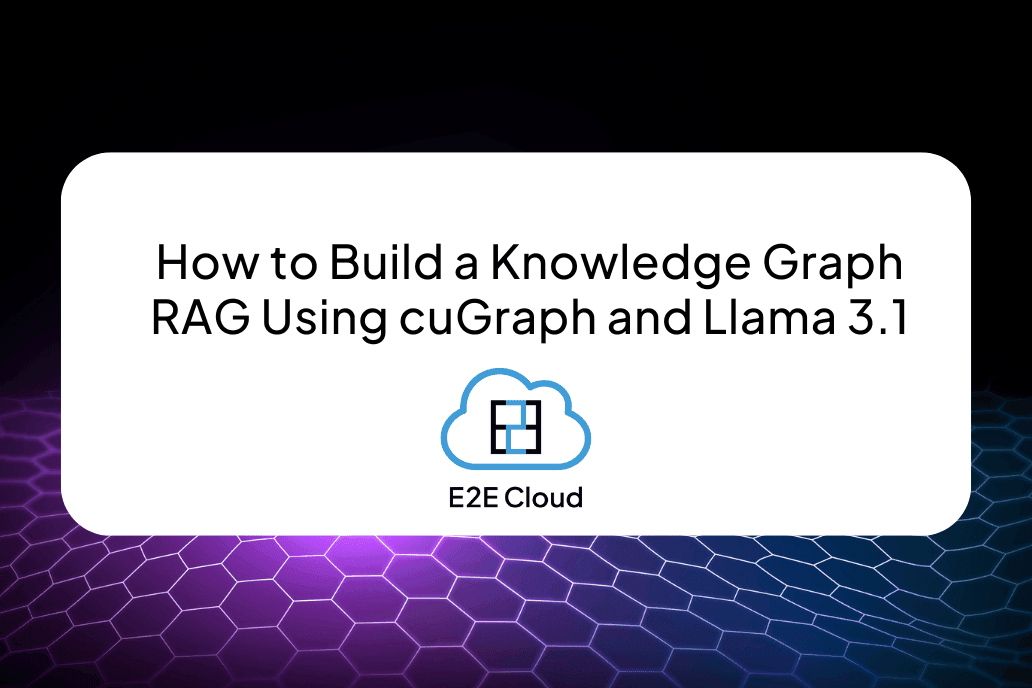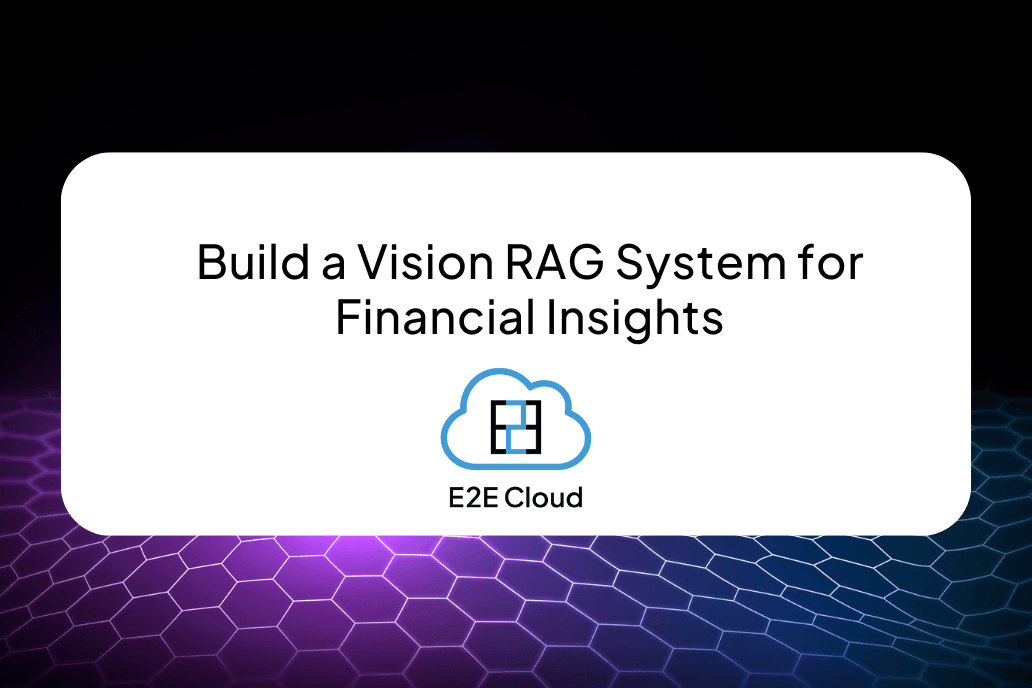E2E network has launched a public cloud named E2E cloud. The E2E cloud is born in India, and its focus is on Indian companies that are in dire need of a cost-effective and flexible cloud network. With the presence of E2E Cloud, many Indian SMEs, and startups like Zomato, Healthkart, Clovia, NiYo, Junglee Games have shaped their businesses well.
E2E cloud is the result of decades of passion and experience of its creators. Indian entrepreneurs have been trusting in E2E cloud infrastructure since 2009. One of the major reasons behind the immense popularity of E2E cloud is its high-performance servers.
5 Crucial High-Performance E2E Servers Facts
Let’s discuss the five amazing facts about high-performance E2E Cloud servers you’d be glad to know: -
Fact 1: It takes only a few minutes to launch a server on E2E portal
Yes, you heard it right. It only takes you a few minutes to launch the server from the E2E Cloud portal.
The E2E Cloud portal is a 24x7 self-service portal where launching a server can take place within a minute. The user interface of the E2E Cloud portal is straightforward to operate, and any user without prior efficiency can create a server on their own.
All you must do is log in to the Myaccount portal of E2E Cloud platform. Once you enter this platform, you can view the products section and find nodes under that section. Next, you need to click on the ‘Create Node’ option.
You can now view different types of server alternatives and select anyone depending on your requirements. Afterwards, you will need to select your node name. You can also enable a backup option for your node. Next, you need to run your node, and it’s ready. The high-performance servers of E2E Cloud are available in few minutes.
Fact 2: E2E Cloud have option of Smart Dedicated Compute servers
Are you wondering if dedicated and smart dedicated compute servers are different from each other? Yes, they are.
A dedicated server is nothing but a physical device without the presence of any hardware virtualization. The servers of E2E Cloud are different from that. Every server of E2E Cloud is a virtual machine that is associated with a physical machine.
Each smart dedicated compute of E2E Cloud can host unlimited websites. Nevertheless, it is recommended to check if the website one is hosting is running desirably or not. If you opt for the smart dedicated compute servers of the E2E Cloud, you can get a pre-installed cPanel® along with WHM® Access. That’s like getting a bonus, isn’t it?
Fact 3: The Smart Dedicated Compute (SDC) of E2E Cloud is different from Cloud VPS
The SDC server that E2E Cloud offers is different from a Cloud VPS. VPS is a virtual device imitated on a dedicated host with assistance from a hypervisor like KVM. If we’re talking about the cloud infrastructure, more than one VPS is easily accommodated by a single dedicated host. It is also notable that RAM, CPU, and storage are shared across different VPS.
Nevertheless, using a VPS may not always be convenient for your website. The VPS users often complain about resource congestion which leads to the poor performance of their websites. You won’t face these risks with E2E Cloud’s high-performance servers. That’s because they have pinned dedicated cores, dedicated RAM and dedicated storage.
SDC server is a virtual device indeed. However, what sets an SDC server apart is that it has dedicated resources. Hence, by using a single VM, you can access all the required resources. This is the reason why E2E Cloud servers never fail to showcase high performance.
If you’re planning to migrate your VPS workload to the SDC of E2E Cloud, it is possible. The process is simple and similar to switching from one VPS to another.
Fact 4: E2E Cloud offers high-performance Windows and Linux smart dedicated compute servers on a value-based pricing model
E2E Cloud is one of those few cloud services that offer high-performance Windows and Linux SDC. This cloud categorizes its SDC plans depending on three factors: high-frequency server plans, Double SDC server plans, and Large disk space server plans. This segregation has been done based on potential customers’ requirements. They can select the plan of their requirement.
Both Windows and Linux dedicated compute can offer you as low as 2-minutes provisioning. Also, backing up necessary datasets is only a click away. You can also save machine images depending on your needs.
For Windows and Linux SDC services, E2E Cloud will charge you on an hourly basis. You’ll be charged on a value basis. Some users also opt for the monthly pricing option. The monthly pricing is estimated with a presumed 730 hours per month.
Organizations that are not sure about their hourly requirements go for the monthly plans. The monthly charge may vary depending on the number of days in a month. The amounts are also subject to 18% GST.
Fact 5: E2E has launched cPanel & WHM Integrated Linux cloud servers that come with Softaculous and Imunify360
E2E Cloud has recently launched a cloud server that is integrated by cPanel and WHM. If you didn’t know about this E2E Cloud server, it’s time you gain more information. Wondering why you should go for a cPanel cloud server? Here’s why. The security policy of this server is top-notch. In fact, Imunify360 manages the privacy of this cloud environment and provides complete malware protection.
The cPanel cloud of E2E also comes with quick deployment features. With only a single click, you can install over 450 apps in your server. This is possible due to its Softaculous plugin. Further, E2E won’t charge you anything separately as it is part of your plan. The cPanel cloud server can also give you a high-frequency and seamless performance.
With the cPanel, you don’t need to worry about backing-up your data as well. Once you enable the automated data backup option, all your datasets will be backed-up regularly, and you can recover the required datasets whenever you need it. E2E has different Indian data centres. So, for the Indian SMEs, the localization benefit is huge. This also accounts for the high performance of the cPanel cloud.
Many organizations are required to install additional IP addresses to their sites, and the cPanel Cloud can help you with that as well. Nevertheless, E2E charges you additional costs for these IP addresses. The cPanel cloud also comes with high instances of memory. It would help if you chose the M series nodes to avail of this benefit. This feature also works well for many customers.
If you need to take machine images frequently for creating replicas, cPanel cloud can be a great choice for you. It lets you take as many snapshots as you want to create the replicas depending on your demands. There are also pre-installed PHP modules within the cPanel cloud. This makes it easier to start working with a new server for a user.
You can get cPanel cloud for an optimized price range. You’ll get whatever you pay for. The plans start from INR 2330/month. The cPanel services are affordable for everyone and offer good value for money.
Final Words
E2E cloud network is one of the most trusted Indian cloud platforms. The popularity of this cloud is increasing rapidly, and it’s time you start knowing more. In this article, we have described the high-performance servers of the E2E cloud.
Did you know that the E2E cloud comes with SDC? Or did you know that E2E offers Windows and Linux servers? Did you have any idea that the E2E cloud has recently launched a high-performance and secured cPanel cloud server?
We’re sure you’ll gain some new facts about the E2E cloud after reading this article. Any questions? Contact our experts to know more about the E2E cloud and get the right services for your team.
For free trial please click here :- http://bit.ly/3hyNiWB

